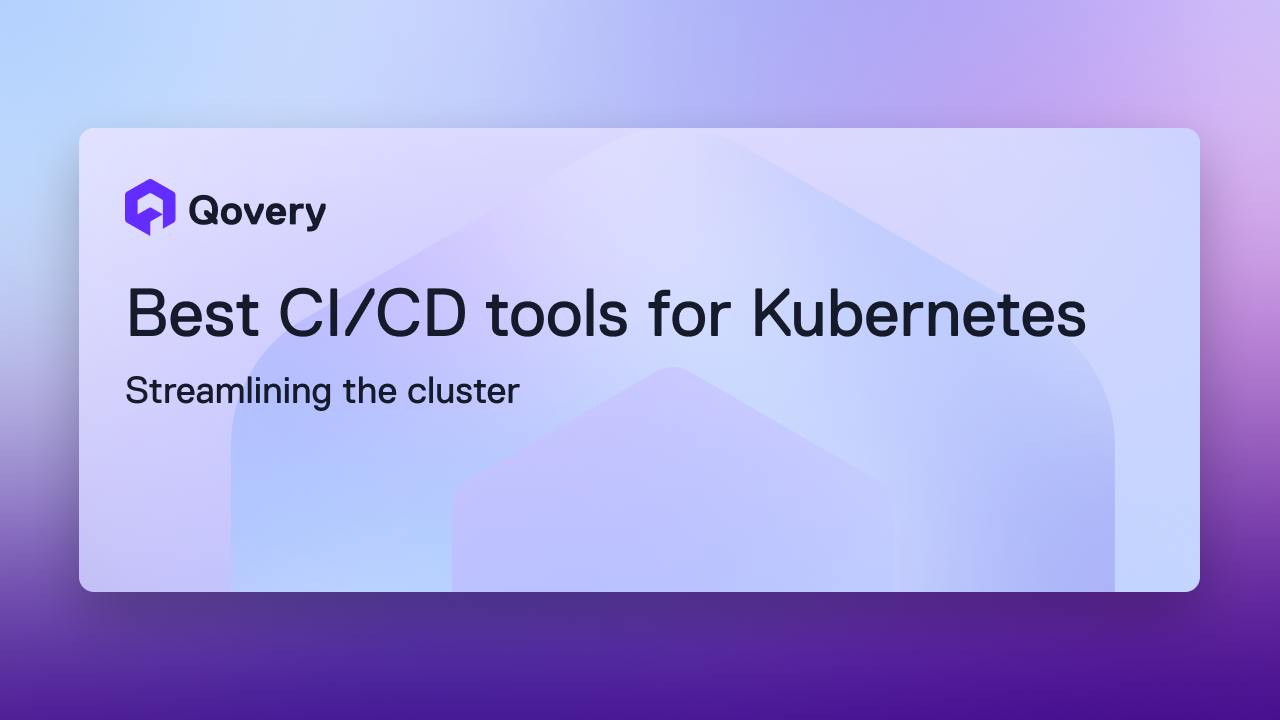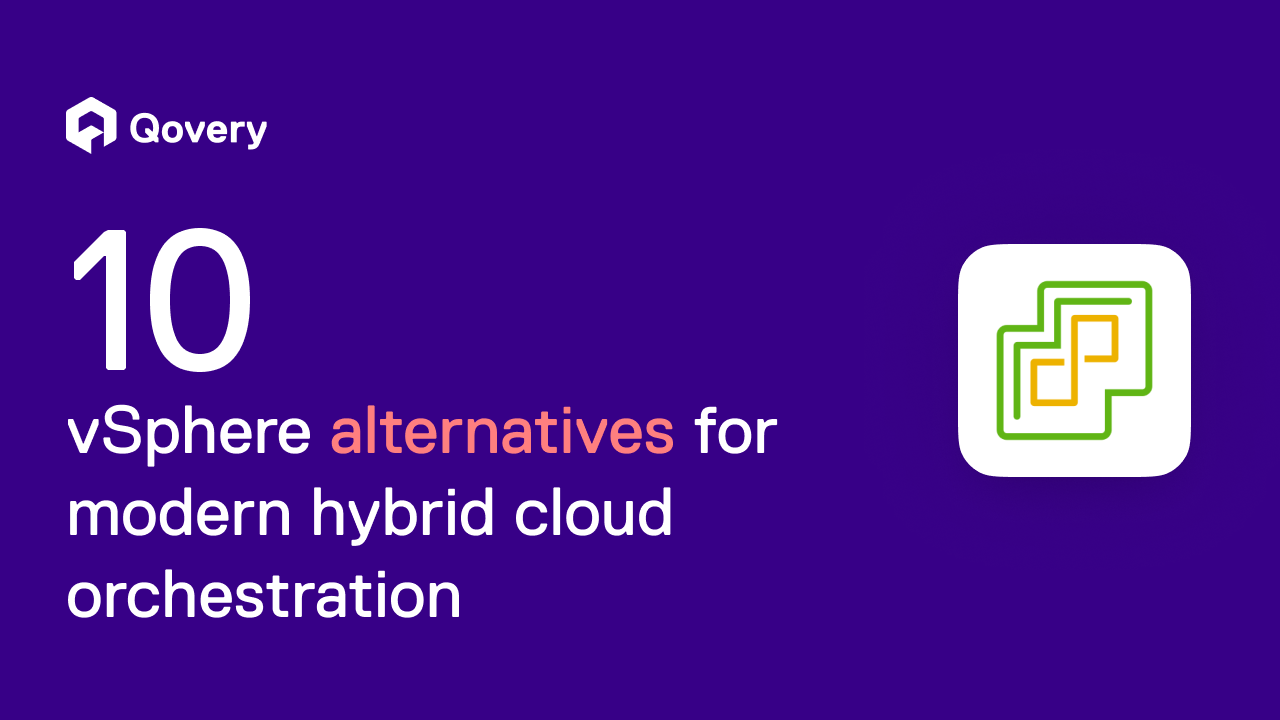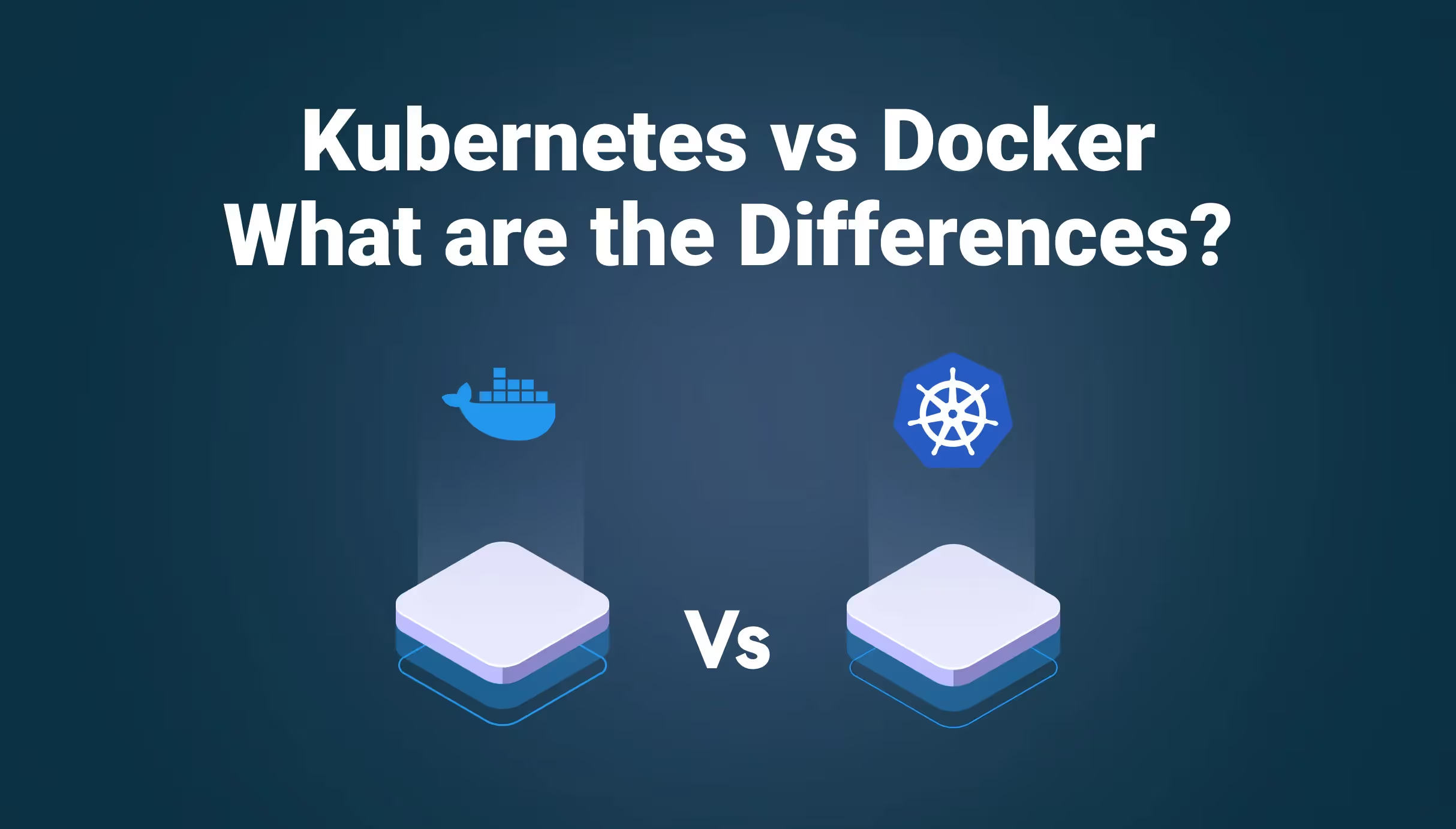

How Kubernetes Drastically Changed The Face Of The Cloud

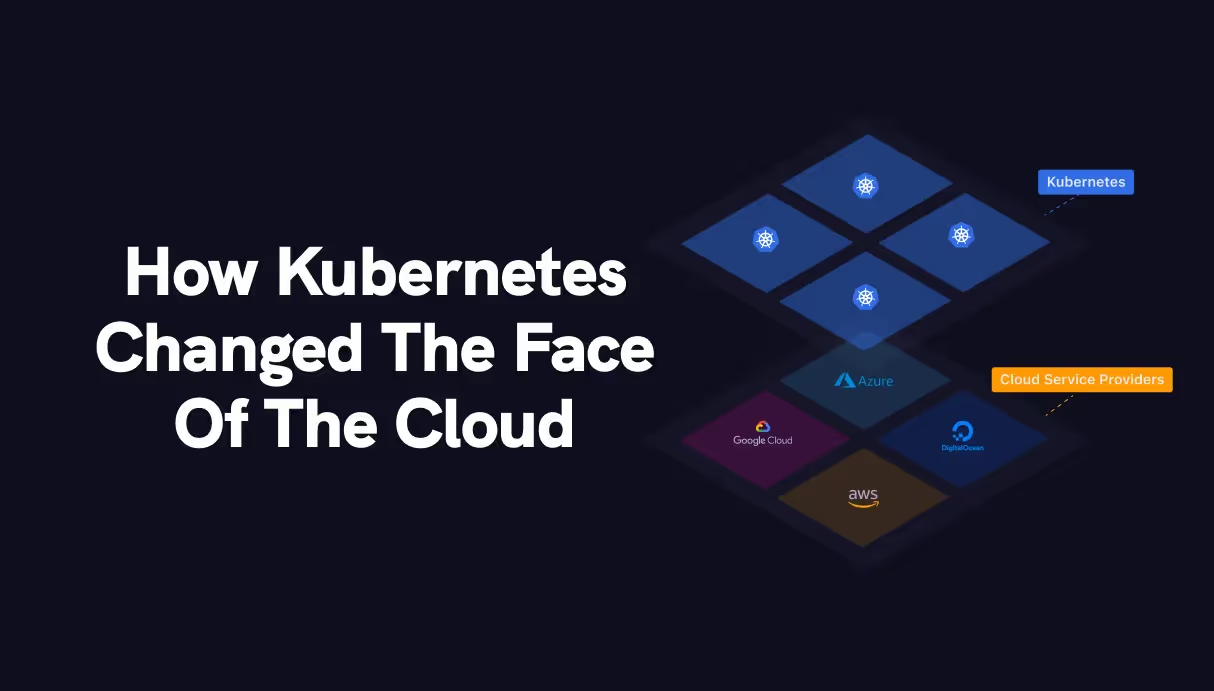

The initial configuration allowed the organizations to work on physical servers alone. The issue with this arrangement was the fact that the servers had no boundary separation facilities. When the server resources were allocated to different applications, one application could take up most server space. This led to the allocation of disparities. This paved the way for more advanced virtual machines. How did this help? Essentially, this system ensured that multiple virtual machines were running on the same physical server CPU.
The biggest advantage here is that the virtual machines had well-defined boundaries that provided a sense of security. But the main issue here is that each of these virtual machines had its operating system and its set of hardware, making them heavy platforms. To resolve the problem, the more recent addition to the platform was the containers. These containers have slightly relaxed boundaries that facilitate the applications to share the operating systems.
While containers are a very effective way of running your applications, there is one major challenge associated with them. They need a solution to run in a production environment. The idea is to continuously monitor and manage these containers to ensure continuity of services. Some of the checks involved with this management include providing that the system is exemplary and is not experiencing any downtime. This process of running and scaling containers in the production environment becomes quite a tricky option.
Kubernetes was introduced as a solution to this particularly complex problem. It helps you manage the distributed container system effectively, running and scaling the containers while taking care of downtime quickly. It provides advantages based on load balancing, storage orchestration, configuration management, automated rollouts, and the likes.
Borg - the Kubernetes predecessor

The infrastructure of Google Borg has heavily influenced Kubernetes’ design and development procedures. Many of the developers and contributors of Kubernetes have previously worked with Google Borg. In effect, Google Borg can be considered to be the predecessor of Kubernetes. There are essentially four different ideas from Borg that have been incorporated in Kubernetes. These include:
- Pods – This is the scheduling unit in Kubernetes, deriving its idea from the Borg equivalent of all.
- Services – Kubernetes provides its support to name and load balancing processes of complete applications, very similar to Google Borg.
- Labels – Kubernetes takes the idea of arranging and organizing pods with tags, similar to Google Borg.
- IP per pod – Taking a cue from the problem faced by Borg for allowing all machines to use the IP address of the host, Kubernetes chose to provide every pod with its IP address.
Kubernetes is an open-source platform that has found its applications in several companies and developers. This is also because its services, support system, and tools are openly available.
AWS Before Kubernetes
Amazon Web Services uses the services of Kubernetes extensively for hosting applications and systems on the cloud. However, before the arrival of Kubernetes, AWS ran its apps differently. This included some of the outdated methods of handling cloud server space. But, that brought some challenges with the practice. Here are some of the features and configurations that AWS used before the introduction of Kubernetes:
Amazon EC2
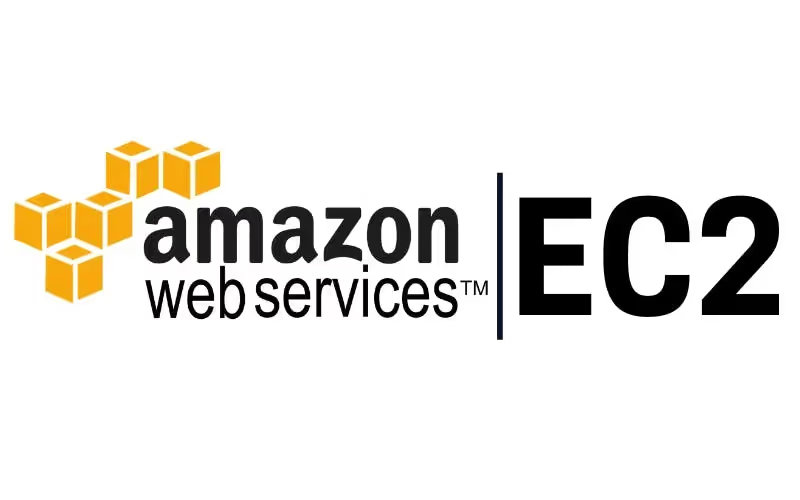
Amazon Web Services makes use of the concept of virtual machines to run apps on the cloud. The idea here is that multiple virtual machines make use of and run in the CPU of one physical server. This provides the extra layer of security. In this context, the virtual machine platform used refers to the Amazon elastic compute cloud (EC2).
EC2 is used to run multiple virtual machines on the cloud here. These virtual machines, in turn, are used for running computer applications. EC2 provides these virtual computing environments, more commonly called instances. However, the major drawback of this particular method is how heavy the server gets. Each virtual machine running on the server comes with its own set of operating systems and hardware components. As a result, it becomes more challenging to manage the VMs on the Amazon EC2.
Proprietary way to run apps
Amazon Web Services initially helped you run your applications through the use of virtual machines. But the main issue with the method lay in the proprietary way to run apps on the cloud. This means, initially, they might have provided some free services and trials, but they effectively proved to be chargeable in the long run. This brings in certain strict boundaries when it comes to the use of apps.
As a method, this was not fit for use in the current technologically updated cloud services. The infrastructure is also built accordingly to run apps in a proprietary way. This is something that Kubernetes changed once it was introduced into the AWS sphere. Kubernetes is open source and has a wide area of application. This gives the users free access to its tools and setup to allow maximum users to benefit from this interface.
Vendor lock-in
While most of the companies worldwide are making the enormous shift to cloud technology and servers, there is one big challenge involved with the idea. This revolves around the issues with vendor lock-in. Lock-in is typically referred to as the challenges involved with migrating to an alternative cloud services provider. This is also one of the issues that AWS users face.
It was quite a difficult task to move to another cloud solution based on the client's requirements. Long-term commitments defined these cloud services. Moving in and out of AWS was a long and tedious process. This was one of the most significant drawbacks for anyone using AWS. Kubernetes later changed the mode of operation and did away with vendor lock-in features.
No interoperability with other Cloud service providers
The cloud environment essentially comes packed with hundreds to thousands of different components. These include hardware, operating systems, virtualization, networks, storage, data security features, etc. Interoperability refers to the process of working with all these different components in sync, even when introduced to a new platform. The problem of interoperability has been common in Amazon web services.
Kubernetes - The New Standard To Run Apps On The Cloud
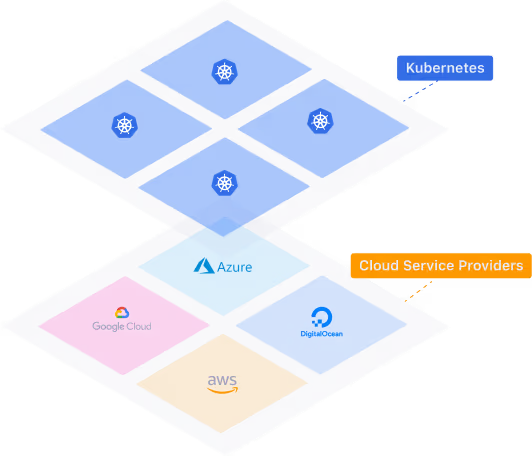
Kubernetes has become quite popular ever since Google released this portal in the year 2014. Since this is an open-source platform, it found a lot of applications amongst the cloud users. Due to its support over the years, Kubernetes has soon gained popularity and has become the primary choice for most cloud service providers.
For instance, Amazon web services’ Elastic Kubernetes Service (EKS) is one of the most reliable solutions in Kubernetes offerings. This is a managed Container as a Service (CaaS) offering ideal for you if you have a decent AWS footing. Another popular cloud service provider making use of Kubernetes is the Google Cloud Platform Kubernetes Engine.
This managed container platform comes with the best records for uptime performances. It also comes with a marketplace to deploy their applications. Google Kubernetes engine is also known for its high-security facilities. Microsoft Azure is also another popular cloud service provider that makes use of Kubernetes services. It runs on the Azure Public Cloud, Government Cloud, and Azure Stack. This particular solution is known for its cross-platform development tools as well. These are just a few examples of how Kubernetes integrates with cloud service providers. Every cloud service provider across the globe now has support for Kubernetes platforms.
Companies worldwide are now putting in a lot of effort to run their apps on the Kubernetes platform. One of the primary reasons for this is that with this platform, you can reduce the time it takes to deploy on the market. This can be attributed to more efficient app development efficiencies. In effect, it also paves the way for IT cost optimization. This is all thanks to the reduced infrastructure costs and efficient development practices. Another important reason companies are putting in an effort to run their application on Kubernetes is its improved scalability. Kubernetes is known for automatically scaling and improving app performances.
One important factor contributing to the success of Kubernetes and its high adoption rate is its flexibility with different cloud providers. This has a two-fold advantage. For starters, Kubernetes and its containers allow you to work on a multi-cloud platform. As a result, you now have the opportunity to run your applications in a combination of cloud platforms. This includes the use of public and private clouds as well. The most significant advantage here is that your workload is balanced across two or more cloud platforms. The other aspect to cloud provider flexibility is Kubernetes’ ability to ensure a seamless migration from one provider to another. The concept of vendor lock-in is done away with in this scenario. If you have been using the services of a particular cloud provider with Kubernetes for a while and wish to make the change to another platform, you can do it smoothly. As a result, your business is not restricted to a single cloud platform alone.
Kubernetes Accelerates The Future Of The Cloud
The introduction of Kubernetes changed the way we perceived the cloud. This concept made the whole idea of app deployment and running smooth and effective. Over the last six years, Kubernetes went through a period of immense growth. As a result, this piece of technology has managed to become the core of all modern software. It has effectively changed the way software and applications are deployed on the cloud and how work around it is performed.
Irrespective of what the core business is, every company is embracing the concept of digitalization. Cloud technology and similar services have been able to provide these companies with what they need – opportunities for rapid growth and living up to a sense of competitiveness. Also, scalability becomes a crucial factor here.
In this context, the Kubernetes infrastructure for the cloud platform empowers teams across companies to work independently and efficiently. In effect, this helps realign and streamline business goals. As a result, for most organizations, Kubernetes has emerged as the standard for orchestrating and managing containers for cloud deployment and operations.
Another reason why Kubernetes receives support from all the cloud companies can be attributed to its highly transformative features. It has instilled two very important upgrades in the way the cloud interface operates. This included the introduction of higher responsiveness and self-healing. With all of these factors, Kubernetes help you to develop container-based models and apps. Effectively, the next generation of tools is likely to be built based on the principles of Kubernetes and will provide better opportunities for cloud service providers.
This, in turn, leads to a high level of abstraction for cloud service providers. This paves the way for multiple benefits for the company in question. One of these includes a shorter product release time period. Along with that, it helps the team members focus on the core business requirements and spend less time worrying about infrastructure and other operational details. Owing to the improved infrastructure, it becomes easier for the products to reach the markets.
The idea behind Kubernetes is not just to modify the way applications are deployed over the cloud. The more pressing point here is to move towards a more architectural modernization. For instance, before the release of Kubernetes a few days back, companies were usually wary of orchestration owing to the lack of the necessary tools.
The introduction of Kubernetes has actually made these orchestration tools available to them, thus changing the basis of cloud platform deployment. Effectively, with all these factors combined, Kubernetes is surely here to stay and should form the basis of the software in the future.
Conclusion
Before the launch of Kubernetes, the cloud was proprietary and difficult to get in. This means access was limited, and not everyone could use the cloud interface and infrastructure. The licensing or subscription fee proves to be the major challenge or hindrance for the users making use of the cloud. Moreover, when the cloud is proprietary, it also has limitations to being adapted to meet the requirements of the end-users.
Also, more often than not, proprietary cloud servers are limited to a single system only. As a result, if the user employs the technology on one computer, it is unlikely that this service extends to other systems unless the license allows for it. This has been one of the biggest disadvantages of using cloud services.
Kubernetes changed this concept in cloud infrastructure. It has made the technology open source, thereby providing these facilities to a bigger base of users. As the licensing fee and requirements are removed from the process, it paves the way for smoother operations on cloud technology and related infrastructure.
Moreover, Kubernetes facilitates the process of moving from one cloud service provider to another. Not only can you work with multiple cloud platforms at the same time, but you can also shift to a different interface when the current one does not suit your requirements. With easy portability services, Kubernetes ensures that your business operations are never hampered owing to this shift in the cloud interface. Cloud migration has been one of the key highlights of Kubernetes technology.
Cloud technology is an ever-growing one. Each year brings in newer technologies, facilities, and ideas to help enterprise growth and aid in business transformation. The future of technology in business has relied heavily on the importance of the cloud. The conventional notion revolved around maintaining strict differences and borders across cloud service providers. Now, with Kubernetes being in business, the more important task is to break the barriers between the cloud service providers and make this particular technology universally accessible and acceptable at a higher level.
This is the future goal of cloud and Kubernetes technology. As a result, it becomes easier to deal with multiple cloud platforms, work across them, or even migrate from one platform to another as per requirement. Breaking the borders amongst several cloud service providers is the objective for Kubernetes over the next few years.

Suggested articles
.webp)



.svg)
.svg)
.svg)
